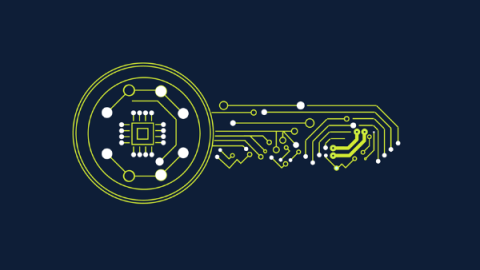Security | Threat Detection | Cyberattacks | DevSecOps | Compliance
Malware
Behind the Scenes: JaskaGO's Coordinated Strike on macOS and Windows
In recent developments, a sophisticated malware stealer strain crafted in the Go programming language has been discovered by AT&T Alien Labs, posing a severe threat to both Windows and macOS operating systems. As of the time of publishing of this article, traditional antivirus solutions have low or even non-existent detection rates, making it a stealthy and formidable adversary.
Honeypot Recon: MySQL Malware Infection via User-Defined Functions (UDF)
In the vast world of cybersecurity, as technologies evolve, so do the methods attackers employ to compromise systems. One such intriguing method that recently surfaced is MySQL servers, leveraging SQL commands to stealthily infiltrate, deploy, and activate malicious payloads. Let's delve deeper into the MySQL bot infection process and explore the intricacies of its operation.
Defend yourself and your vendors against ransomware
What Is Ransomware as a Service?
Ransomware as a Service (RaaS) is a business model in which cybercriminals develop and sell ransomware to buyers known as affiliates who use it to execute ransomware attacks. Ransomware is a type of malware that prevents users from accessing their data or devices by encrypting them and locking users out until a ransom is paid. Typically, cybercriminals need to know some coding to develop and execute ransomware attacks.
7 Practical Steps to Protect from Tiny Banker Trojan (Tinba)
Las Vegas casinos targeted by ransomware attacks
Ever since the invention of internet browsers for personal computers came about in the 1990s, cybercrime has been on the rise. Almost 30 years after the invention of the Worldwide Web, cybercriminals have a variety of different methodologies and toolkits that they use on a daily basis to leverage vulnerabilities and commit crime. One of the most popular types of attacks that is used by threat actors is a ransomware attack.
BlackSuit ransomware - what you need to know
A cybercriminal group calling itself BlackSuit has claimed responsibility for a series of ransomware attacks, including breaches at schools in central Georgia. And earlier in the year, a zoo in Tampa Bay was targeted by the same hacking gang.
Trustwave SpiderLabs Report: LockBit 3.0 Ransomware Vs. the Manufacturing Sector
As the manufacturing sector continues its digital transformation, Operational Technology (OT), Industrial Control Systems (ICS), and Supervisory Control and Data Acquisition (SCADA) are becoming increasingly exposed to cyberattacks, particularly those involving ransomware.
Why Ransomware Actors Abuse Legitimate Software
2023 was a lucrative year for ransomware actors, with victim organizations paying $449.1 million in the first six months alone. Maintaining this cash stream requires frequent technique shifts, which may be why more attackers are exploiting legitimate software to propagate their malware. Abusing organizations’ existing enterprise tools can help attackers blend in while they’re doing reconnaissance, and also aids them with privilege escalation and persistence.









